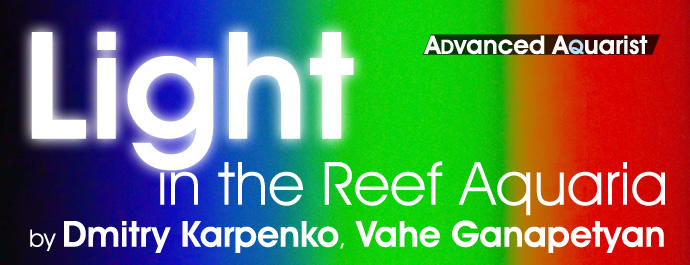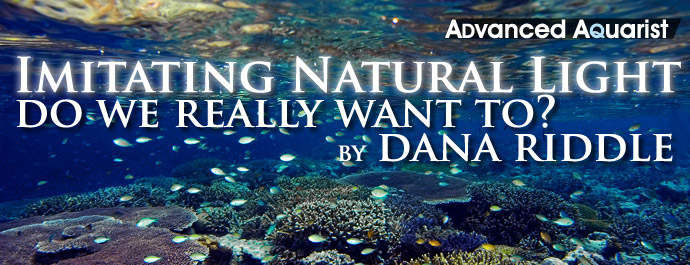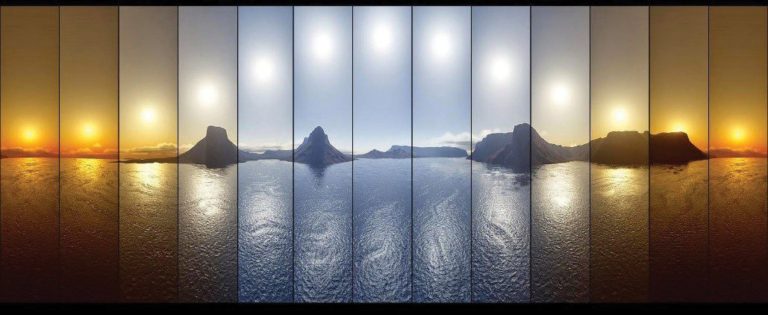- Joined
- Apr 9, 2020
- Messages
- 1,022
- Reaction score
- 253
Hello,
I have 2 roleadro 165w roleadro wifi leds over my 560l mixed reef tank.
I was running until now the automatic day time mode. But i realised that I bleach probably some corals because of to much intensity as the setting was at 100% some hours during the day.
Now, I'm trying to made my owns settings and running blue maximum at 80% and white 50%.But it try to make a real sun cycle and increase and decrease the differents leds during the day. What would be the optimum settings/ hours. I can play separately only with 3 canals the whites, blue and Moonlightblue .
The whites are composed of 28 LEDs): Coolwhite 14000k, white 2700k, red 660nm, green 520nm.
Blue:Blue Channel (24 LEDs): Blue 460nm, violet 410nm
Moonlight Blue Channel (3 LEDs): royal blue 450 nm
I think moonlight blue should be turn on not only at night but all day as it seem to be important for photosynthesis?
I read also that in the ocean on the coral barrier the green an red light are dominant in the water, so why we all focus on the blue?
Is the blue in the ocean more intense in the morning /evening or during the day? I mean as in the morning their is less sunlight, maybe their is more blue or the contrary?
Sorry in case my English is not good I'm frome Europe.
I have 2 roleadro 165w roleadro wifi leds over my 560l mixed reef tank.
I was running until now the automatic day time mode. But i realised that I bleach probably some corals because of to much intensity as the setting was at 100% some hours during the day.
Now, I'm trying to made my owns settings and running blue maximum at 80% and white 50%.But it try to make a real sun cycle and increase and decrease the differents leds during the day. What would be the optimum settings/ hours. I can play separately only with 3 canals the whites, blue and Moonlightblue .
The whites are composed of 28 LEDs): Coolwhite 14000k, white 2700k, red 660nm, green 520nm.
Blue:Blue Channel (24 LEDs): Blue 460nm, violet 410nm
Moonlight Blue Channel (3 LEDs): royal blue 450 nm
I think moonlight blue should be turn on not only at night but all day as it seem to be important for photosynthesis?
I read also that in the ocean on the coral barrier the green an red light are dominant in the water, so why we all focus on the blue?
Is the blue in the ocean more intense in the morning /evening or during the day? I mean as in the morning their is less sunlight, maybe their is more blue or the contrary?
Sorry in case my English is not good I'm frome Europe.






















